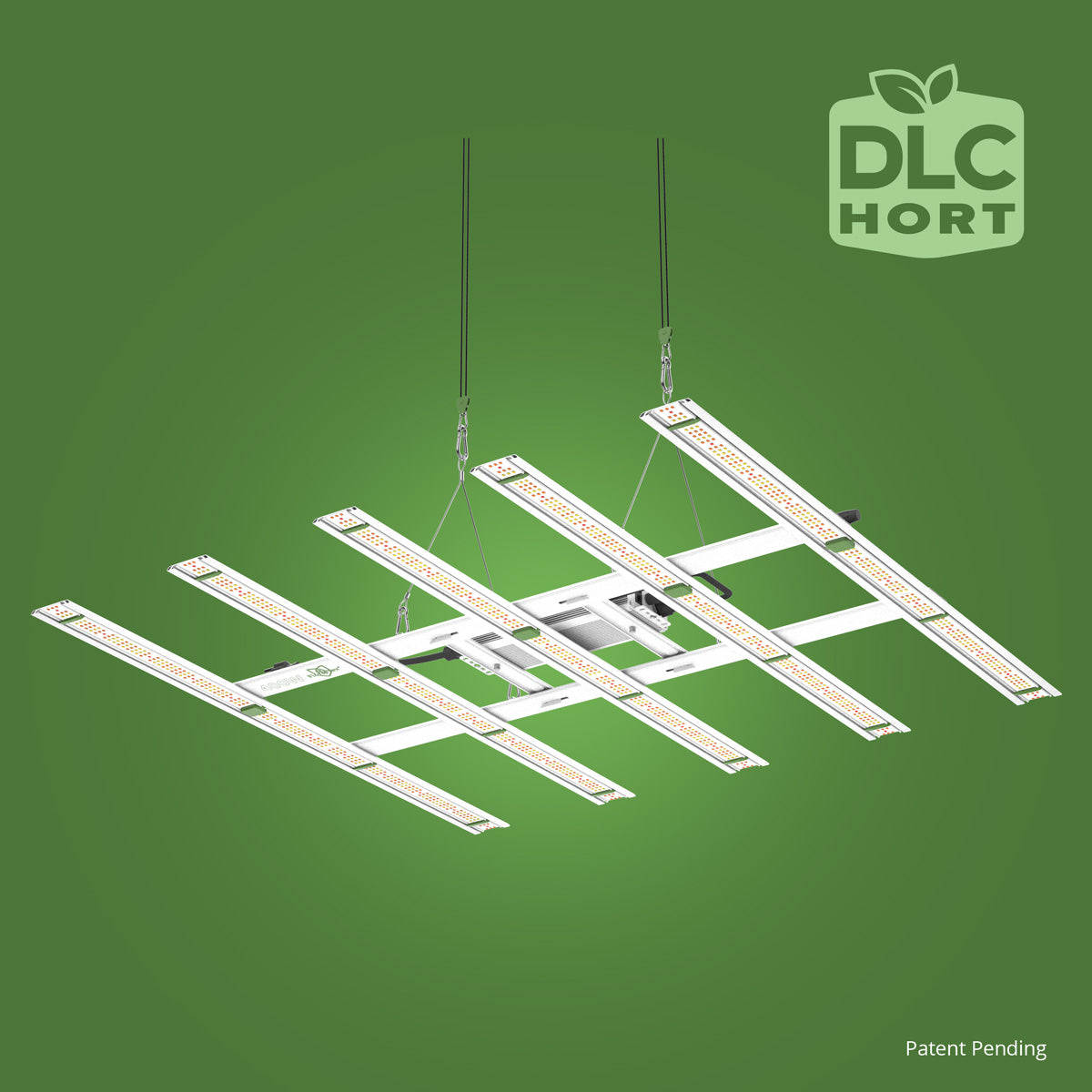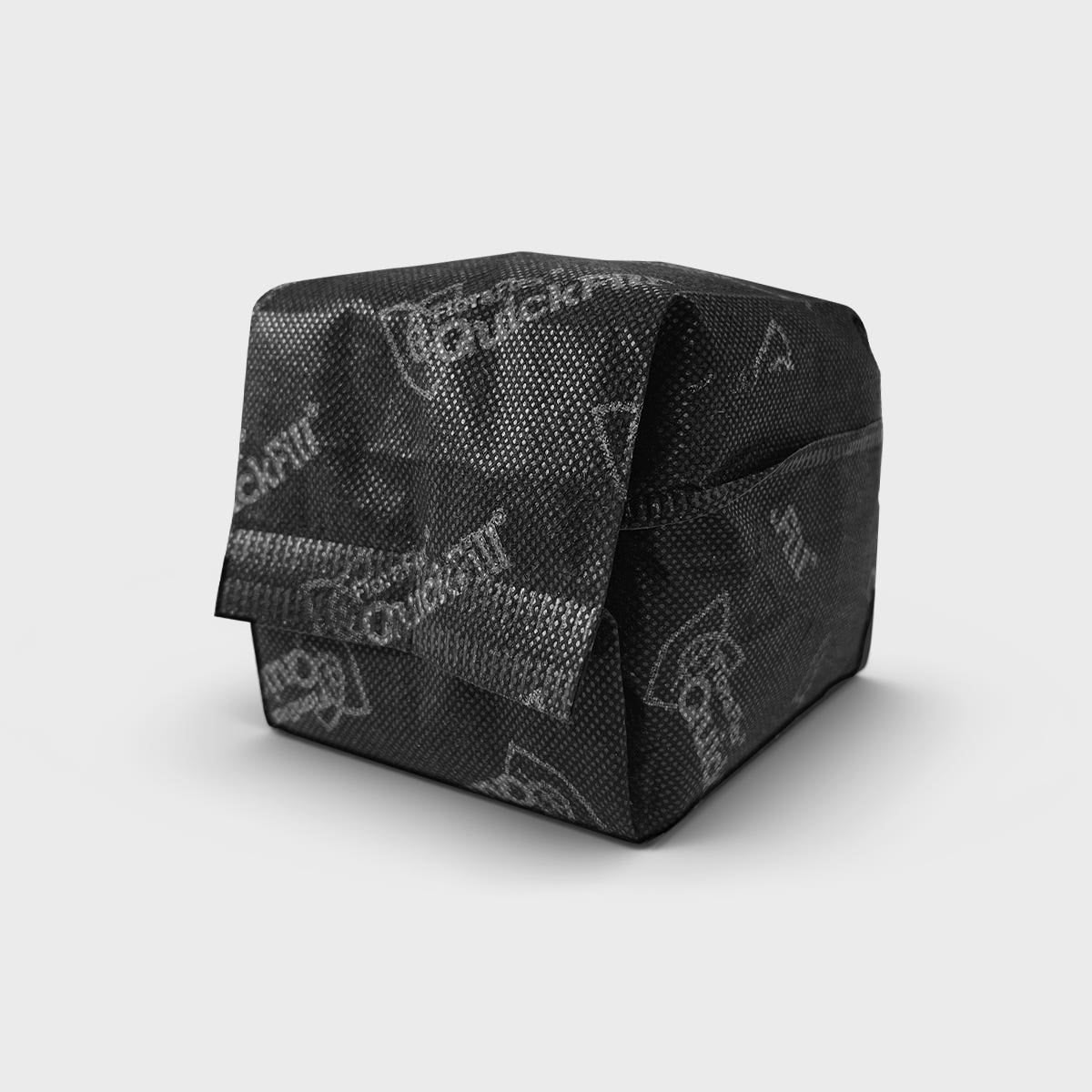In a previous blog, we talked about what hydroponic systems do. As a refresher, these systems are ways for your plants to get their nutrients through water, not through soil. Rather than having the root systems work tirelessly to get their nutrients and hydration from the soil, hydroponic systems take the pressure off the roots so that the plants can focus on growing. That explanation is the general idea of how these systems work, but there’s more than one type of system. Below, we’ll delve into the different types of hydroponic systems—learn more about them here!
Deep Water Culture Systems (DWC)
A deep water culture system is almost as self-explanatory as it sounds. For these hydroponic systems, the plant’s roots are suspended in the nutrient solution—the deep water. To get air to the roots, air is provided directly to the roots with an air stone or diffuser. The oxygen molecules float through the water, giving the roots the air they need to grow, while not making them work as hard as they would if they were in soil.
The plants themselves are typically placed in net pots with a grow medium to help secure them. These mediums are not nearly as suffocating as soil and help spur long growth. Because the plants aren’t surrounded by soil and are placed directly in nutrients and given constant oxygen, they grow quickly. However, some novice DWC users may make the mistake of drowning their roots by not oxygenating the water enough—you must figure out the right amount of oxygen so that the roots can breathe.
Typically, deep water culture hydroponic systems work well for most plants, but you might run into trouble with large plants or plants with large root systems. Lettuce is one of the main plants that succeeds in this simple system.
Wick Systems
A wick system is another simple hydroponic system—it doesn’t require electricity, pumps, or aerators. In fact, among the different types of hydroponic systems, this is the only one that can be a completely passive system. For this system, the plants are placed on a grow tray with growing medium, and there’s a nutrient solution reservoir below. Suitable choices for medium include perlite, vermiculite, and our FloraFlex Rockwool. The wicks are what run from the plant into the nutrient solution and provide nutrients and water to the plants at a slower rate.
This system, though simple, doesn’t work well for larger plants, as the wicks don’t provide enough solution to the root system. Wick hydroponic systems are best used for smaller plants that don’t need constant watering and a lot of nutrients to survive.
Nutrient Film Technique Systems (NFT)
NFT systems are what most people think of regarding hydroponics. For this system, the nutrient solution is pumped into various channels. The channels can hold a varied amount of plants and are slightly sloped so that any solution not sucked into the roots can drain back into the reservoir. The plants themselves are typically held in a net pot that allows the root system to hang down into the channel.
This channel will act as a hollow tube with holes at the top for the plants, and the nutrient solution is pumped from the reservoir below to the top of the channel. From there, the solution will flow just over the lower tips of the roots and filter back down into the reservoir. You have to be careful with these systems, because if there is any sort of power outage with the nutrient or air pump, the roots will dry out rapidly. Because of this, NFT hydroponic systems work better for plants with smaller root systems.
Ebb and Flow Systems
Also called flood and drain, the ebb and flow hydroponic system is a timed system that “floods” the grow bed, then drains back into the reservoir. The premise is that plants are placed into large grow beds filled with a chosen growing medium. Using a pump, the nutrient solution from the reservoir is pumped into the grow tray and filled to a select amount. The timer used is set to come on several times a day, ebbing and flowing in and out of the growing tray, depending on the size, type of plant, temperature, humidity, and type of medium.
For these systems, the plants are potted in a neutral medium and should only sit an inch or two beneath the surface of the water. This ensures that the root systems still receive proper oxygen; the roots absorb as many nutrients as they need without drowning in the solution.
Drip Systems
Another advanced hydroponic system, the drip system, is one of the most widely used in the world. Once set up, operation is quite simple, as a timer controls a submerged pump in the nutrient solution. The timer turns the pump on and brings up the nutrient solution to the grow tray and the plants. The solution is then dripped onto the base of each plant by a small drip line—this can be a circulatory system if there’s a place for the excess nutrient solution to run back to the reservoir.
Circulatory systems work best for sustainability, ensuring that if the nutrient solution was not used at first go, it will still be filtered back and used later. That said, noncirculatory systems can also be operated efficiently by taking greater care with the timing cycle so that plants get just the right amount of nutrient solution. Circulatory systems can also have varying shifts in pH and nutrient strength levels, so it will require periodic checks and adjustments.
That said, whether you choose circulatory or noncirculatory, drip hydroponic systems work well for a variety of plants. Since you can tailor the setup and the drip rate, you can set up the system to work with whichever plant you choose.
Aeroponics
Though aeroponics isn’t the simplest method of hydroponic gardening, it is an easy-enough concept. For this system, the plants are suspended in the air, meaning the growing medium is primarily air with the netting to stabilize. The roots hang open in the air and are misted with a nutrient solution. This comes from the nutrient pump below, and mistings are released every few minutes. Similar to how the misters turn on at the grocery store to keep vegetables fresh, aeroponic misting provides nutrients during the growing season for the vegetables.
If cycles are missed, however, then you can run into the same problem with NFT systems—the roots dry out quickly. Make sure your timer is set correctly; mists should occur every few seconds rather than every few minutes.
For all your hydroponic needs, turn to FloraFlex. We have hydroponic drip irrigation systems, growing medium like Rockwool, nutrients for your solution, and so much more. Take a look at our products and see how your gardening could improve tenfold. You won’t regret it!










